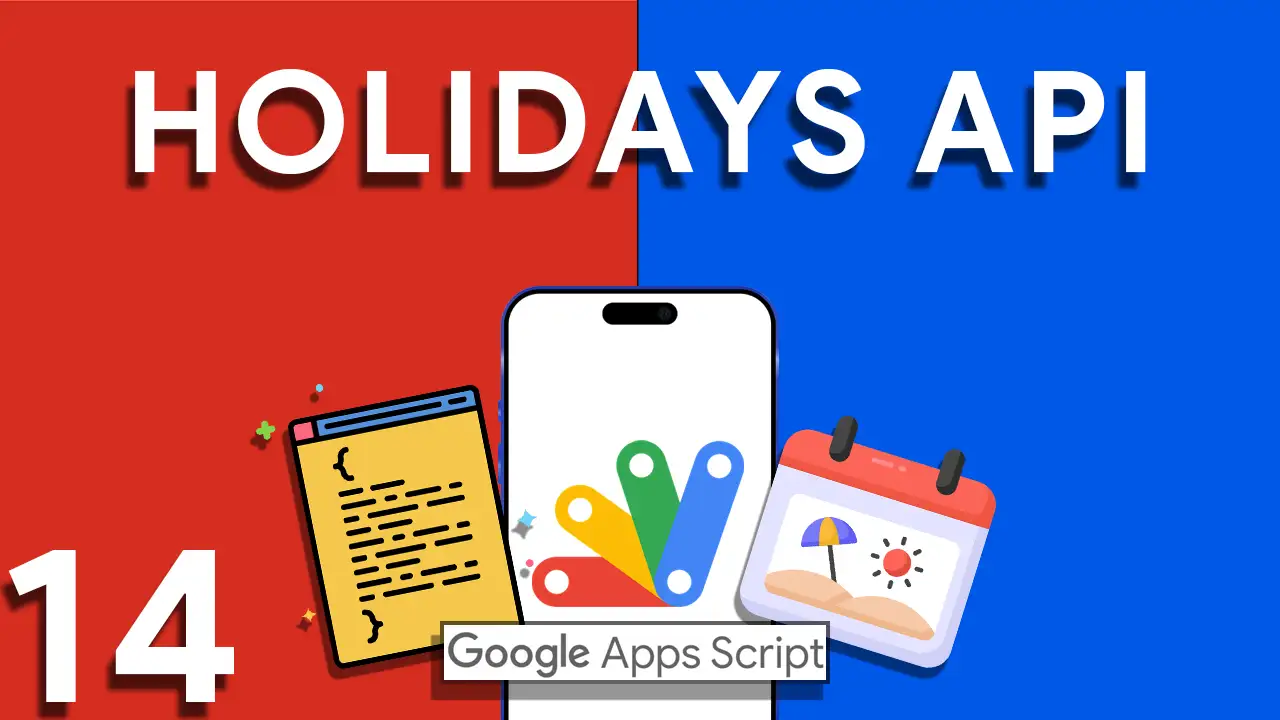Scatter plots are an essential tool in the data analyst’s arsenal, providing a straightforward method to visualize relationships between two variables. Within the AppSheet platform, leveraging scatter plots can significantly enhance your app’s ability to present complex data in an understandable format. This guide will walk you through the fundamentals of scatter plots, their suitability for various data types, and practical tips for creating effective scatter plot visualizations in AppSheet.
A scatter plot, or scatter graph, is a type of plot or mathematical diagram using Cartesian coordinates to display values for typically two variables for a set of data. The data is displayed as a collection of points, each having the value of one variable determining the position on the horizontal axis and the value of the other variable determining the position on the vertical axis.
Scatter plots are particularly suited for continuous data where both variables are numeric. They are ideal for:
- Identifying Correlations: Scatter plots can help determine if a relationship exists between two variables and the strength and direction of this relationship.
- Spotting Trends and Patterns: They are useful for observing trends over time or patterns that emerge between two variables.
- Detecting Outliers: Any data points that fall outside the general clustering of data can be easily identified as outliers.
-
- Creating an effective scatter plot involves more than just plotting two variables against each other. Here are some design tips to enhance the readability and impact of your scatter plots:
- Choose the Right Data: Ensure that your data is clean and suitable for a scatter plot. Both variables should be quantitative.
- Label Clearly: Axis labels are crucial for scatter plots. Include clear and concise labels with units of measurement where applicable.
- Use Appropriate Scales: The scales on both axes should be chosen to best represent the range of your data, allowing for easy interpretation of the plot.
- Highlight Trends: Consider adding trend lines or curves that help to summarize the relationship between the variables visually.
- Creating an effective scatter plot involves more than just plotting two variables against each other. Here are some design tips to enhance the readability and impact of your scatter plots:
To create a scatter plot in AppSheet, follow these general steps, keeping in mind the specific requirements of your dataset and the objectives of your analysis:
- Prepare Your Data: Your dataset should be in an AppSheet-compatible source, like Google Sheets, with two columns representing the variables you wish to plot.
- Create a New View: In the AppSheet editor, add a new view by selecting the “Chart” view type and then choosing “Scatter Plot” from the available options.
- Configure Your Chart: Select the columns you prepared as the X-axis and Y-axis data. Customize the appearance and settings of your scatter plot to match your design preferences and analysis needs.
- Refine and Test: Review your scatter plot for clarity, accuracy, and responsiveness. Adjust the design as needed to ensure it effectively communicates the desired insights.
Conclusion
Scatter plots in AppSheet provide a powerful way to visualize and analyze the relationships between two numeric variables, offering insights into correlations, trends, and outliers. By following the guidelines outlined in this tutorial, you can create scatter plots that significantly enhance the data visualization capabilities of your AppSheet applications, thereby enabling users to make informed decisions based on clear, analytical evidence.







